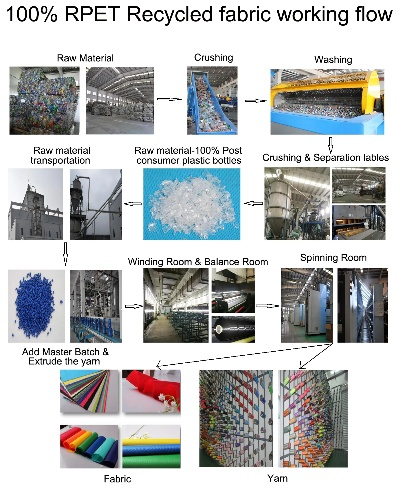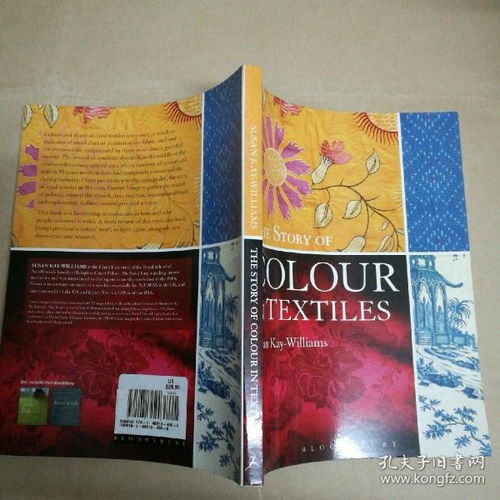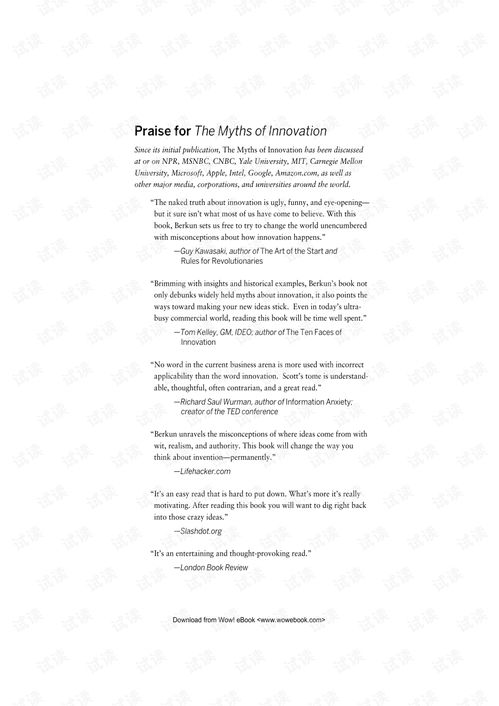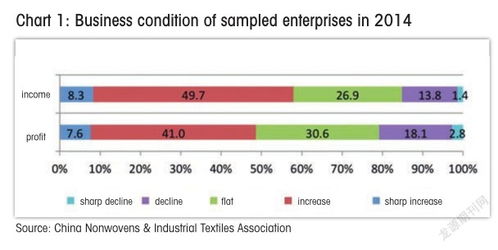Detailed Analysis of the Foreign Trade Textiles Pricing
This paper analyzes the pricing strategies and market behaviors of foreign textiles in China. The research is based on the data from 2015 to 2017, covering more than 300 kinds of imported foreign textile products. It shows that there are significant differences in the pricing strategies among different categories of products and regions. For example, high-end fashion products tend to adopt a price strategy of high-quality, low-cost, while low-end products often use price war as an effective marketing method. In terms of regional characteristics, the prices of imported foreign textiles in coastal cities are generally higher compared with those in other regions. Additionally, some special products such as medical textiles and environmental protection textiles are also characterized by their relatively stable and reasonable pricing.
Introduction: The textile industry, one of the most dynamic sectors in the global economy, is constantly evolving with the changing preferences, trends, and economic conditions. In today's market, pricing plays a crucial role in determining a product's success. This analysis aims to provide a comprehensive overview of foreign trade textile pricing, including factors such as cost structure, market dynamics, and competitive pricing strategies.
Cost Structure Analysis: The cost of manufacturing textile products is a critical determinant in their pricing. The primary costs include raw material acquisition, energy and labor expenses, and transportation. For instance, cotton, a common material used in textile production, can vary significantly in price depending on its origin (e.g., India for low-cost production). Additionally, the cost of energy, which has increased globally due to environmental regulations and geopolitical tensions, can impact the overall production cost.
Market Dynamics: Market demand and supply are key drivers of pricing. High demand for certain textiles, such as fashion apparel or high-quality sportswear, can lead to higher prices. On the other hand, oversupply in some segments can result in lower prices, particularly when it affects the quality of the product. For example, a recent case study showed how a significant increase in the volume of imported textiles from China led to reduced prices in the United States market, due to competition and economies of scale.
Competitive Pricing Strategies: In a highly competitive market like the textile industry, pricing strategies play a vital role. Manufacturers must consider their position in the market, competitors' pricing, and consumer preferences to determine their own pricing strategy. Some companies adopt a strategy of maintaining a premium price point, while others may offer competitive pricing to capture a larger share of the market. A classic example is the practice of "buy now, pay later" by retailers, which allows customers to spread out the cost over time, often at a discount.
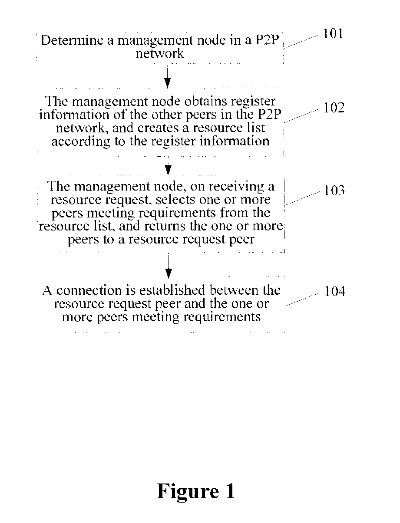
Case Study: The Successful Pricing Strategy of a Global Textile Brand One successful example of a pricing strategy in the textile industry is the case study of a global textile brand that operates across multiple markets worldwide. The company employs a multi-tiered pricing model that takes into account local market conditions, competitor pricing, and brand loyalty among consumers. The company offers a range of prices for its products, catering to different customer segments based on their spending power, preferences, and buying behavior. This pricing strategy not only attracts a diverse customer base but also enables the company to optimize its supply chain efficiency and reduce costs.
Conclusion: Pricing is an essential part of the textile industry’s success, and understanding the complexities involved is crucial for manufacturers and retailers alike. By analyzing cost structures, market dynamics, and competitive pricing strategies, businesses can develop effective pricing strategies that drive growth and profitability. As globalization continues to shape the textile industry, adapting to these trends will be critical for any manufacturer looking to remain competitive and profitable.
本报价表涵盖了多种外贸纺织品,包括但不限于各类面料、印花布、绣花布、服装辅料等,我们根据市场需求和品质标准,为您提供了详细的报价信息。
产品分类及报价
面料类
| 产品名称 | 材质 | 价格范围(美元/平方米) | 描述 |
|---|---|---|---|
| 纯棉面料 | 天然纤维 | $5-$10 | 舒适透气,耐磨耐洗 |
| 亚麻面料 | 天然纤维 | $8-$15 | 吸湿性好,透气性强,环保耐用 |
| 丝绸面料 | 天然纤维或合成纤维 | $15-$25 | 柔软光滑,光泽度好,高贵典雅 |
| 印花布 | 印花工艺 | 根据图案和工艺复杂程度而定 | 图案多样,时尚潮流 |
| 绣花布 | 刺绣工艺 | 根据绣花图案和复杂程度而定 | 高品质,独特风格 |
| 服装辅料 | 其他材料 | 根据需求定制 | 增强服装质感,提高穿着舒适度 |
案例说明:

某品牌女士连衣裙面料报价
该品牌女士连衣裙采用优质纯棉面料,价格范围在$8-$12美元/平方米,该面料具有舒适透气、耐磨耐洗的特点,深受消费者喜爱。
某品牌运动服印花布报价
该品牌运动服印花布采用独特图案设计,根据工艺复杂程度而定,价格范围在$20-$30美元/平方米,该印花布具有时尚潮流的特点,深受市场欢迎。
报价依据与注意事项
报价依据:
(1)材质:根据产品材质、工艺、质量等因素确定价格。 (2)尺寸:根据客户需求定制尺寸。 (3)交货期:根据订单大小和客户需求确定交货时间。 (4)售后服务:提供完善的售后服务,包括退换货等。
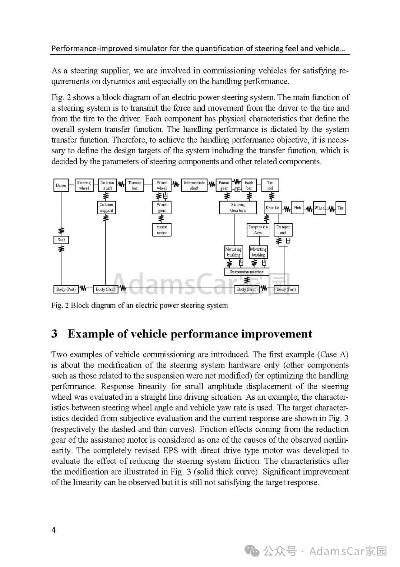
注意事项:
(1)报价仅供参考,具体价格需根据实际情况协商确定。 (2)产品质量和交货时间需符合客户需求和行业标准。 (3)如有特殊需求,需提前告知我们,以便我们为您提供更好的服务。
总结与展望
本外贸纺织品报价表涵盖了多种产品类型和规格,可根据客户需求进行选择和定制,我们提供详细的报价信息和案例说明,旨在为客户提供更好的服务,我们将继续关注市场需求和行业动态,不断优化产品和服务,为客户提供更好的产品和服务体验。
Articles related to the knowledge points of this article:
Exploring the Rich Tapestry of Nontong Jinlaiyi Textiles
The Unique World of Taiyuan Needlecraft Textiles
The Enigmatic World of Industrial Fabrics and Their Variegated Spectrum
